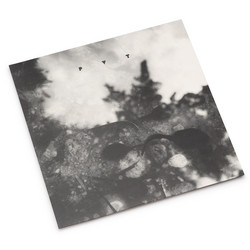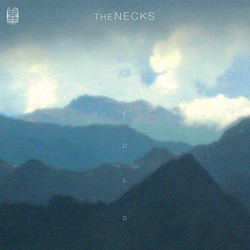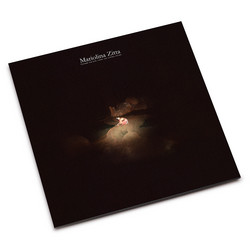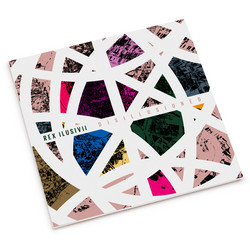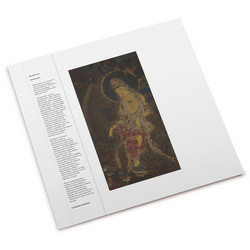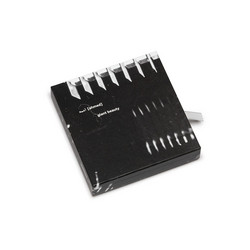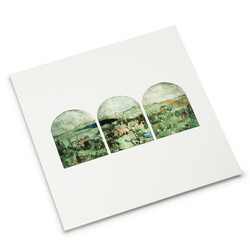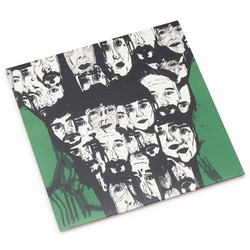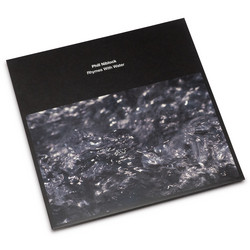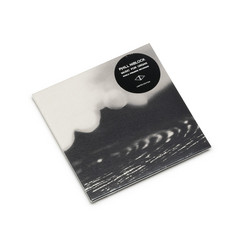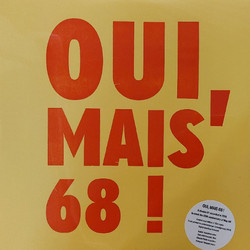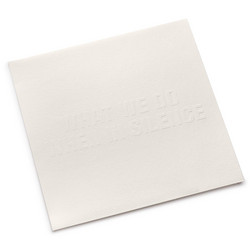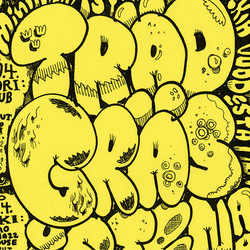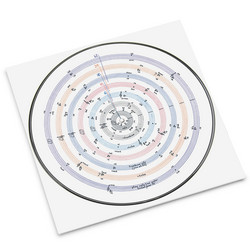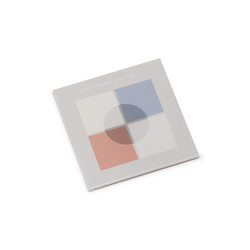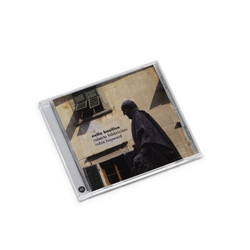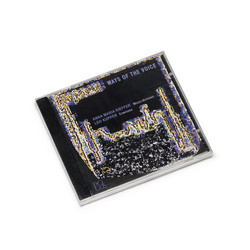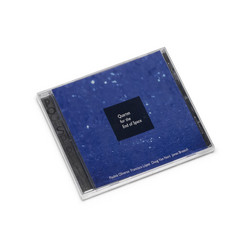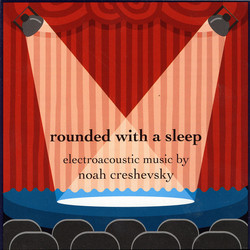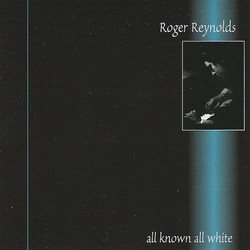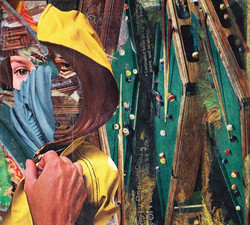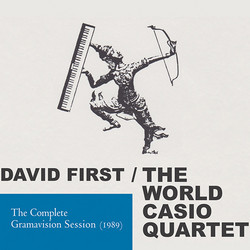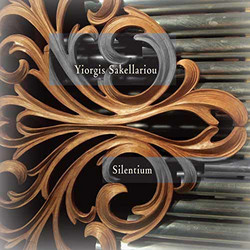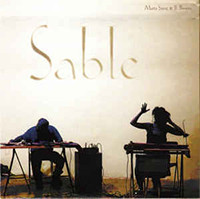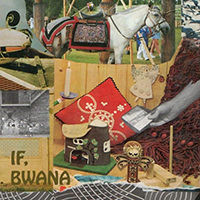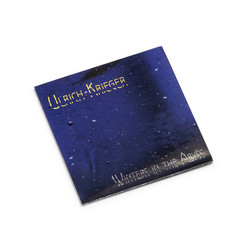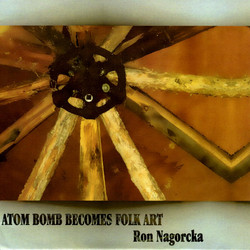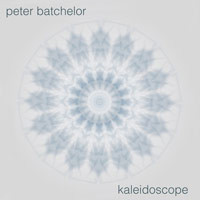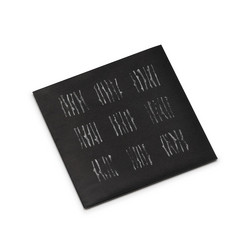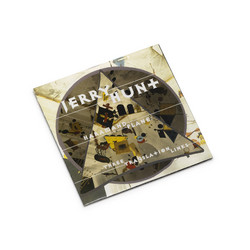The tuba player and composer Robin Hayward has introduced revolutionary playing techniques to brass instruments, initially through the discovery of the 'noise-valve', and later through the development of the first fully microtonal tuba in 2009. In 2012 he invented the Hayward Tuning Vine, initially as a visualisation of the harmonic space implicit within the microtonal tuba. Collaborations include such musicians as Roberto Fabbriciani and Charles Curtis, along with composers such as Christian Wolff, Alvin Lucier and Eliane Radigue. His new Pogus release Nouveau Saxhorn Nouveau Basse features three extremely fascinating microtonal compositions by Hayward : 'Plateau Square', 'Travel Stain' (+ Seth Josel, guitar), 'Nouveau Saxhorn Nouveau Basse'. 'In 1852 Adolphe Sax developed a series of instruments he named the 'Saxhorn nouveau basse'. The result of a radical rethinking of the valve system, each of the instrument's six valves could only be used independently from the other valves. By avoiding valve combinations, each valve could be tuned to lower the pitch by a different tempered interval, enabling the player to play in tempered tuning. The instruments were unsuccessful. In 2009 Hayward developed the first fully microtonal tuba (together with the musical instrument manufacturers B&S.) This instrument is also equipped with six valves, but now valve combinations are an integral part of the microtonal system. Inspired by Sax's instruments, each valve is however only used independently in the piece Nouveau Saxhorn Nouveau Basse - an elegy to Sax's failed invention. Six loudspeakers are distributed throughout the performance space, assuming the role of the valves of the 'Saxhorn nouveau basse'. The tones played using each of the different valves of the microtonal tuba travel from the first to a higher numbered loudspeaker and then back again, from where they are sent to the seventh loudspeaker, which is placed backstage and acts as a metaphor for the bell of the ÔSaxhorn nouveau basse'. Due to the routing between the loudspeakers, in which each intermediate stage is rerecorded, each tone's timbre is gradually altered as it travels through the room and becomes increasingly mixed with the room acoustic - an analogy to the effect of the valves on the tone of Sax's instruments. A common way of visualizing harmonic relationships is as a three-dimensional lattice. The space between prime numbers 3 and 7, lying between the horizontal and diagonal axes, is therefore depicted as a series of ascending plateaus. Plateau Square explores the harmonic space implicit within one of these plateaus, whilst projecting it onto the physical space of the performance area. Each of the four speakers of the quadraphonic sound system represents a corner of the plateau, and the microtonal tuba pitches are routed to the corresponding speakers by means of sensors attached to the valves. In Travel Stain for guitar and microtonal F tuba, a hexagonal graphic score defines the harmonic and rhythmic framework within which musical decisions may be taken spontaneously. The six sides of the inner hexagon represent the six strings of the guitar, which are tuned in accordance with the same subharmonic series upon which the microtonal tuba tuning is based. The harmonics of each of these subharmonic partials are in turn notated within each associated outer hexagon. Starting at the lowest hexagon, the musicians explore the harmonic and rhythmic space implicit within this structure, moving gradually clockwise until all hexagons have been activated.'
This release packaging comes folded into quarters, ending up as a 5 ½†x 5 ½†brochure style booklet (liner notes inside), with the CD in a paper sleeve, all inserted into re-sealable plastic sleeves. There is no jewel case, tray card etc. There is a bar code.
